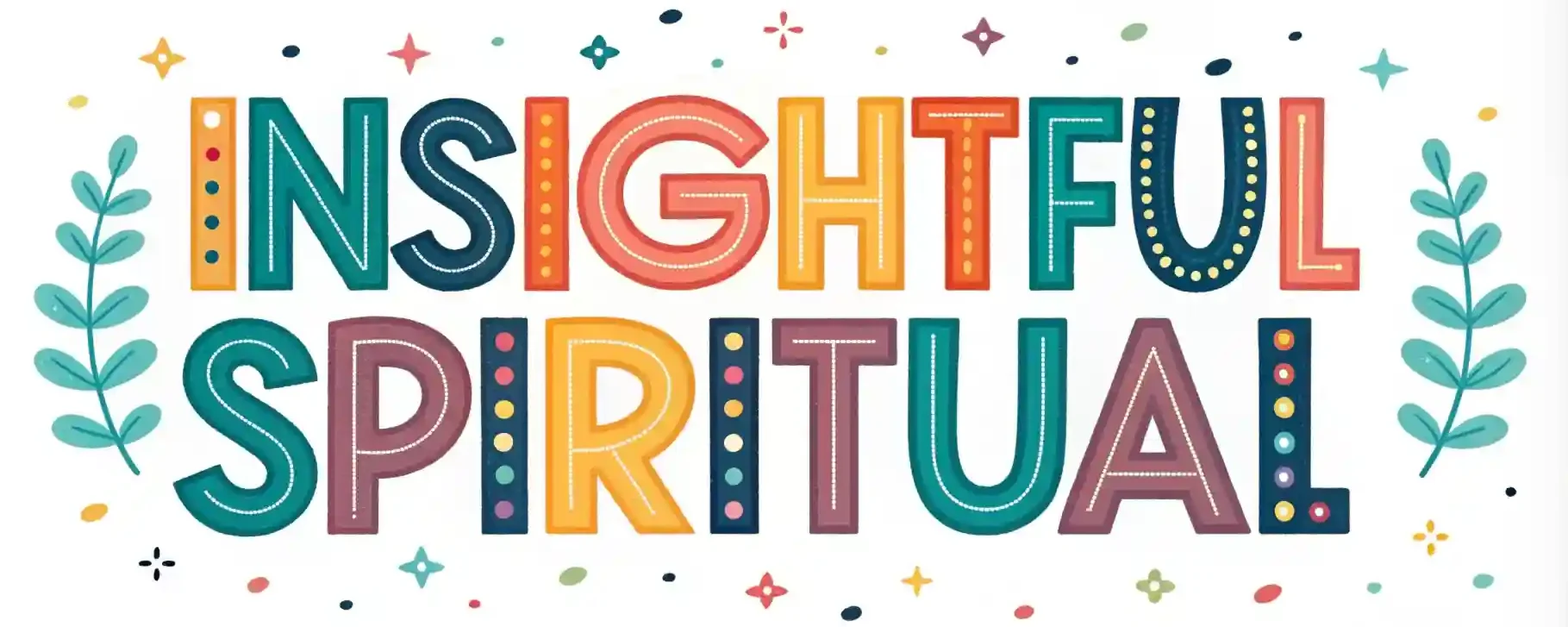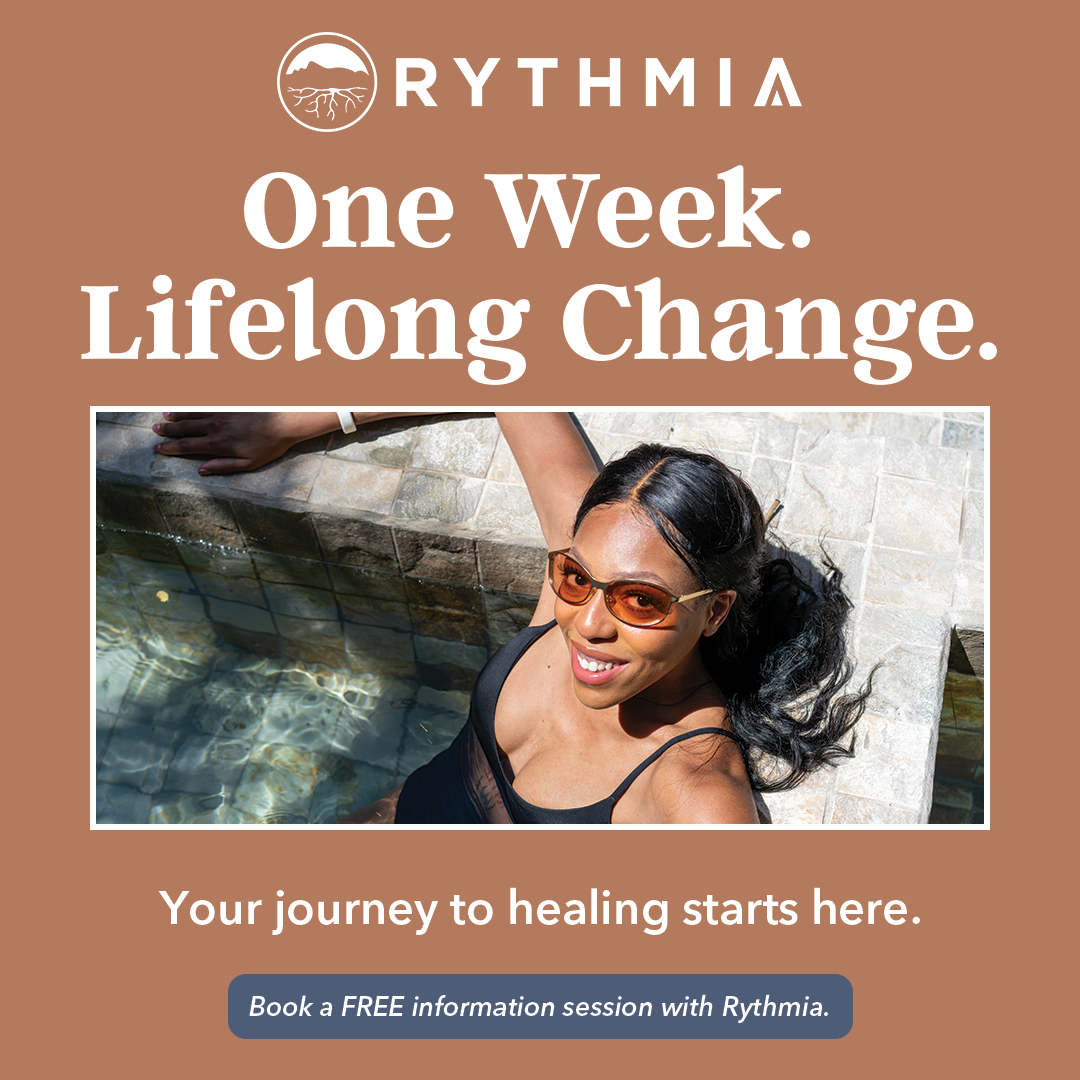The 5 Best Yoga Books for Beginners’ Home Practice You Need to Read in 2025
Starting a yoga practice at home can be rewarding, but choosing the right resources is key. In 2025, the best books for beginners not only guide you through safe, effective routines but also provide practical tools to support your journey. Whether you prefer structured plans or flexible routines, these books help you build confidence and deepen your understanding of yoga. Discover which options fit your needs and see how they can transform your daily practice.
Moving Toward Balance: 8 Weeks of Yoga with Rodney Yee
If you already know some yoga and want to build a steady, personalized routine at home, “Moving Toward Balance: 8 Weeks of Yoga with Rodney Yee” is a good choice. The book gives you a clear plan to improve your skills step by step. It divides the program into weekly themes, like twists or handstands, so you can focus on one area each week. You can follow the routines at your own speed, making sure to stay safe and comfortable. The book includes detailed instructions, photos, and options to modify poses. This makes it helpful for different levels of skill and body types. Whether you have injuries or a busy schedule, this book helps you stay flexible and safe while you learn.
Who it’s for: People who already know some yoga and want a simple, flexible plan to grow their practice at home.
Good things about it:
- Clear weekly themes to help you improve gradually
- Instructions, photos, and modifications for all levels
- Focus on safety, comfort, and customization
Things to think about:
- You need props like a block, strap, and bolster to do all the routines
- It may not be enough if you are a complete beginner or want very advanced poses quickly
- Progress may be slow if you want more challenging exercises
This book helps you learn yoga at your own pace with clear guides. It makes practicing at home easy and safe. Whether you want a gentle routine or a way to improve slowly, it offers good support.
The Book of Yoga Self-Practice: 20 Tools
The Book of Yoga Self-Practice: 20 Tools is a helpful guide for anyone who wants to do yoga at home. It gives easy tools and ideas to help you make your own yoga routines. Whether you are new to yoga or have practiced before, this book helps you create routines that fit your needs. It focuses on making yoga fun and personal. You can change poses and sequences so they work for you. The book includes simple tips, practice templates, and some Sanskrit words to help you learn. It guides you to practice yoga mindfully and enjoyably. Using this book, you can build a routine that helps you grow and have fun along the way.
Best For: People who want to gain confidence and independence in their home yoga practice. It suits beginners and experienced practitioners who want flexible, personal routines.
Pros:
- Gives practical tools, templates, and Sanskrit words to help your practice.
- Focuses on flexibility, personalization, and fun, making yoga easy for everyone.
- Promotes self-awareness and mindfulness, encouraging creativity and motivation.
Cons:
- Does not include detailed instructions for specific yoga poses.
- Not a full pose manual, so beginners may need extra help learning complex poses.
- Best used as a supplement; beginners may want to take a class first.
The Kundalini Yoga Experience: Bringing Body, Mind, and Spirit Together
If you want to explore deeper parts of yoga, the book on Kundalini yoga can help. It offers simple instructions to connect your body, mind, and spirit. The book explains practices like chakras, kriyas, mudras, and mantras. It gives clear, step-by-step routines so you can practice at home easily. You’ll see helpful pictures, charts, and explanations that make learning easier. It’s good for beginners and for those who already practice yoga. The book helps you understand energy, meditation, and self-awareness better. It encourages you to practice regularly and safely to bring balance to your whole self.
Best for: Beginners and experienced yoga lovers who want a clear, visual guide to practice Kundalini yoga at home.
Pros:
- Easy-to-follow steps for all skill levels
- Helpful pictures, charts, and diagrams to support your practice
- Combines practical techniques with ideas about chakras and spiritual tools
Cons:
- Some digital versions can be hard to read, especially with pictures and tables
- It isn’t a full training manual, so having a teacher or guided lessons helps with safety and mastery
- The spiritual parts may be hard to understand without some background or guidance
This book is a simple, helpful guide to start or deepen your Kundalini yoga journey. Whether you are new or experienced, it gives you tools to practice safely at home and connect with your inner self.
2-Pack or 5-Pack Yoga Exercise Adjustable Straps
2-Pack or 5-Pack Yoga Exercise Adjustable Straps are great for anyone who wants to stretch more easily and improve strength. These sets include strong, stretchable straps with D-rings. They help you hold deep stretches and tricky poses better. Many sets come with extras like yoga blocks, guides, and even a free eBook. These straps won’t slip, so they stay in place while you stretch. You can use them at home or take them on the go. They help you stretch safely and get better balance over time.
Best For: Beginners and yoga lovers who want affordable, adjustable straps to increase flexibility, balance, and strength at home or on the move.
Pros:
- Made with durable material and slip-proof D-rings for a secure grip.
- Comes with helpful extras like yoga blocks and an eBook, good for beginners and experts.
- Can be used for different exercises, helping with stretching, rehabbing, and gaining stability.
Cons:
- Not ideal for advanced users who need stronger or special equipment.
- Some people may find the length of the straps—either too long or too short—for certain poses.
- The color options are limited, so not everyone may like the look.
These straps are simple but effective. They can help you stretch deeper and stay safe while doing yoga or other exercises. Whether you are just starting or want to add more variety to your routine, these straps can be a good tool. Their sturdy design makes them easy to use and reliable. Plus, the extras can guide you to get the most out of your practice. Whether at home or on the go, these straps make stretching easier and more fun.
Garybank Wooden Yoga Dice with Practice Guide and Exercise Combinations
Garybank Wooden Yoga Dice with Practice Guide and Exercise Combinations help make yoga fun and easy. This set is perfect for beginners who want to try new poses. It includes eight big wooden dice. Each die has simple pictures of different yoga poses. There’s also a colorful guide that shows how to do the poses.
You can roll all eight dice at once. The dice will show different pose combinations. This keeps your practice fresh and exciting. It also helps you work on different parts of your body. The dice are easy to use and travel well. They are good for both personal practice and group classes.
These yoga dice are great for people of all ages. Kids, adults, and seniors can all enjoy using them. They make practicing yoga more fun and help you stay interested. Plus, they can help you get better at balancing, stretching, and focusing.
If you want to try new poses and avoid boredom, these dice are a good choice. They make yoga easy to understand and enjoyable.
Best For: beginners, yoga lovers, and families who want a fun way to learn yoga poses.
Pros:
- Help you try many poses and stay creative
- Easy for all ages and skill levels
- Small and sturdy, great for home or class use
Cons:
- Newbies might need some extra help for certain poses
- You can only do the poses shown on the dice
- May cost more than basic yoga tools
These dice make practicing yoga simple, fun, and safe. They are a great way to explore yoga and stay motivated.
Factors to Consider When Choosing Yoga Books for Beginners’ Home Practice
When choosing a yoga book for your home practice, it’s important to weigh your skill level and whether the content matches your experience. You should also look for clear instructions, detailed guidance, and visuals that help you understand each pose. Additionally, focus on books that offer safe modifications and flexibility so you can adapt poses to your needs and avoid injury.
Practice Level Suitability
Choosing the right yoga book for your home practice depends on your skill level. Look for books that clearly say if they are good for beginners or for advanced students. It is helpful if the book shows basic poses and offers tips for making poses easier or harder. This way, you can learn safely and improve step by step. Make sure the book states which routines are best for beginners. This reduces confusion and prevents injuries. Pick a book that focuses on correct instruction, safety, and proper alignment. Check if the descriptions, cues, and pace match your knowledge of yoga. When the instructions are clear, your practice becomes more enjoyable and builds your confidence. Choosing a book that fits your skill level helps you stay motivated and grow in your practice without feeling frustrated.
Content Clarity and Detail
A good yoga book for beginners should have clear, step-by-step instructions. It should include pictures or simple diagrams to show how to do each pose. The explanations need to be easy to understand so you can do the poses safely and correctly. Breaking down hard poses into small steps makes learning easier and more fun. Using simple words and organizing the sections well keeps you focused. Good pictures help you see how your body should look during each pose. They also show correct breathing and ways to adjust poses if you need to. Plus, explaining how your body moves and why certain poses work helps you learn better. When the instructions are clear and detailed, you will feel confident and safe as you practice yoga at home.
Flexibility and Customization
Choosing a yoga book that offers flexibility and options for customization can make your home practice better and more comfortable. Look for books that show modifications and different versions of poses. This helps you change poses based on your skill level or how your body feels. Pick books that focus on personal routines. These let you change your sequence to fit your energy, schedule, or body. It’s good if the book has clear step-by-step instructions. This helps you get better over time safely. Also, find books that explain how to use props and make adjustments. This helps prevent injuries and makes poses more comfortable. Most of all, choose a book that encourages you to try new things and change poses. This way, your practice can grow and change as you do.
Visual and Illustrative Quality
Clear and simple pictures are very important when choosing a yoga book for beginners. They help you see exactly how to do each pose and move. Look for books with good photos or drawings that show the right way to do the poses from different angles. Step-by-step guides and multiple views can help you learn new poses more easily. Pictures with colors, charts, or diagrams can also teach you about breathing or energy flow. Good pictures should be labeled clearly and be easy to understand, no matter how much you already know about yoga. Clear images make learning easier and make practicing at home more fun. Picking a book with easy-to-understand pictures can help you learn yoga faster and enjoy the process more.
Safety and Modifications
How can you stay safe and active when practicing yoga at home? First, pick a book that clearly shows you how to change poses if you have injuries or physical limits. Make sure it talks about proper alignment and breathing so you don’t hurt yourself. Find resources that show different ways to do poses. These options let you adjust poses to match your skill and body. It’s important to listen to your body. If a pose hurts or feels strange, stop. Don’t push through pain. Also, look for guides that suggest talking to a healthcare professional if you want to try difficult or advanced poses. Following these tips helps you practice yoga safely. It also helps you build strength and flexibility gradually.
Structure and Organization
When choosing a yoga book for beginners at home, look for a clear and well-organized book. It should break down information into sections, like weekly topics, skill levels, or types of poses. This helps you learn step by step. A good book shows poses in order, so you build your skills gradually. It also explains each pose in detail, with options to make poses easier or harder depending on what you need. Find a book that uses pictures, charts, or drawings to show how to do each pose. This makes it easier to understand and follow along.
A well-structured book mixes different kinds of routines, including active poses, relaxing stretches, and meditation. This helps create a balanced practice that you can keep doing over time. Keep it simple, clear, and organized so you feel confident and motivated as you learn yoga at home.
Additional Resources Offered
When choosing a yoga book for beginners, look for extra tools to help you learn. Many books include practice guides, charts, or online videos. These help you follow instructions easily and stay safe. Some books have pictures showing how to do poses. They might also include tips on how to modify poses for your body.
Good books often have fun things like yoga dice, straps, or routines. These make your practice new and interesting. Some books give access to online videos or groups. These communities motivate you and answer your questions. Having extra resources makes practicing yoga at home easier and more fun.
Author Credibility
Choosing a yoga book by a trusted author is a good way to start learning at home. Look for writers who have proper certifications or many years of teaching experience. If they have written other well-known books or are linked to famous yoga schools, they are more likely to be reliable. If the author also knows about related topics like body health or meditation, that’s a plus. Check inside the book to see if they share their background and training. Clear information about their skills makes it easier to trust them. Reading reviews from other yoga students can also help you pick a good author. When you choose a book from a credible writer, you get guidance from someone who knows what they are talking about. This makes your yoga practice safer and more helpful.
FAQs
How Do I Choose the Best Yoga Book for My Learning Style?
You identify your learning style by considering whether you prefer detailed instructions, visual aids, or quick references. Then, choose a yoga book that matches these preferences, ensuring it provides clear guidance and aligns with your practice goals.
Are These Books Suitable for Complete Yoga Beginners?
Yes, these books are perfect for complete beginners. They provide clear instructions, simple poses, and helpful guidance, making it easy for you to start practicing yoga at home confidently and safely right from the start.
Can These Books Help Improve Flexibility and Strength Effectively?
You will find that these books help improve your flexibility and strength by guiding you through effective poses, techniques, and routines. With consistent practice, you’ll notice progress as you build strength and increase your range of motion.
Do These Books Include Modifications for Injuries or Physical Limitations?
Yes, these books include modifications for injuries or physical limitations. They guide you through adaptations, helping you practice safely and comfortably, ensuring your yoga journey supports your specific health needs effectively.
How Do I Incorporate These Books Into a Regular Home Yoga Routine?
You can incorporate these books into your home yoga routine by dedicating specific times, selecting routines that match your skill level, using modifications for injury or limitations, and gradually progressing as you become more confident and comfortable.

Hi, I’m Aurelia Starfrost, your spiritual guide at InsightfulSpiritual.com. I love exploring ancient wisdom and modern practices to help you on your journey. With a focus on meditation and energy healing, I’m here to guide you to find solace within and discover your spiritual essence.

